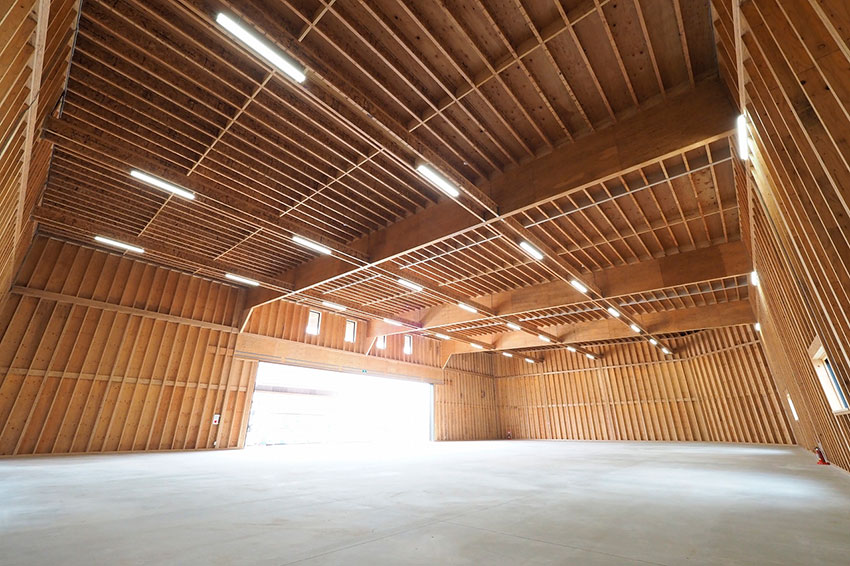With its expertise in wood adhesives and joinery, Oshika offers sustainable building material solutions for the needs of our climate-conscious world.

A manufacturer and a vendor of over 1,000 types of wood adhesives and general construction materials, Oshika Corporation is a company of international standing that can draw on over 100 years of industry experience since its foundation.
Certainly, president Kazuhide Horiguchi is in no doubt that the group provides something unique to its customer base: “Oshikaism”. This, he explains, not only concerns the selling or supplying of products to clients, but also involves both parties working together during the manufacturing and development process to provide the way on how to best utilize the products.
It is an attitude that has helped the company overcome some recent challenges, including, but not limited to, Japan’s well-documented demographic issues, which have dealt a significant blow to everyone involved in the housing industry.
While such challenges have forced Oshika to expand their business into non-housing industries, they have also provided a clear incentive to focus on wood and wood-based technologies.
Mr. Horiguchi explains: “We believe in the regeneration of wood itself and using more and more wooden materials is a very eco-friendly step. Wood naturally has a carbon storage effect. Incorporating wood into building materials such as plywood and engineered wood contributes to a sustainable society.”
He is also keen to emphasize that engineered wood such as Cross Laminated Timber (CLT), which is “currently attracting a lot of attention in Japan”, can be manufactured using non-formaldehyde adhesives.
And if the move towards a more sustainable world is a goal that cannot be achieved in isolation, then Oshika’s unique business model gives the company impressive scope for collaboration.
Mr. Horiguchi again: “We have both a chemical division, which produces our adhesives and other such materials, and a building materials department. Among other things, our model allows for an accelerated roll-out of different products to the market.”
Citing the example of lignin phenol resin, he explains how Oshika was able first to manufacture the resin adhesive and then apply it to its plywood manufacturing (which is handled by a company within the Oshika Group), thus enabling a streamlined process that allows products to be introduced to the market at greater speed. The ability to carry out inspections and testing in-house, meanwhile, has proved advantageous when it comes to adapting to the differing policies and standards in place within the industry at large.
As for staying on top of the latest developments, open lines of communication between Oshika’s construction materials department and other professionals within the housing materials industry help ensure the company is “always aware of the latest trends within the market and capable of making quick decisions”.
An established presence in Indonesia since 1995 with much of its business centered in the east of the country, Oshika has successfully maintained a top share in the domestic market there, especially in the field of emulsion polymer isocyanate, where the quality of its adhesives is ensured to be on a par with those produced in Japan. The company doubled production capacity in 2022 to meet local and global demand. “Not only in Indonesia,” Mr. Horiguchi states, “we would like to expand into other countries that utilize wood as a central material and the countries which have government policies that actively promote using wood.”
Looking to the future, the goal is for Oshika to consolidate its position within the Japanese market while taking proactive steps to expand overseas.
Here, Mr. Horiguchi is careful to highlight the need for the company to change its procurement strategy: “When it comes to business continuity planning, it is vitally important that we expand our procurement channels. Current global circumstances in China and Ukraine pose a risk to the supply chain, and for some raw materials, we need to mitigate this risk by finding alternative channels.”
With Japan “attracting more attention than ever before” in incorporating wood and wood-based technologies into the construction process, moreover, it is time for a new era of collaboration. “It is my goal,” Mr. Horiguchi concludes, “to expand our network globally, and develop partnerships, especially with those who feel empathy towards Oshikaism. I want us to have a broad network of people whom we consider to be friends.”
0 COMMENTS